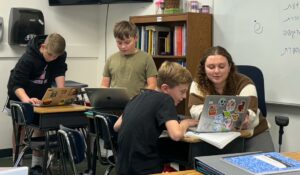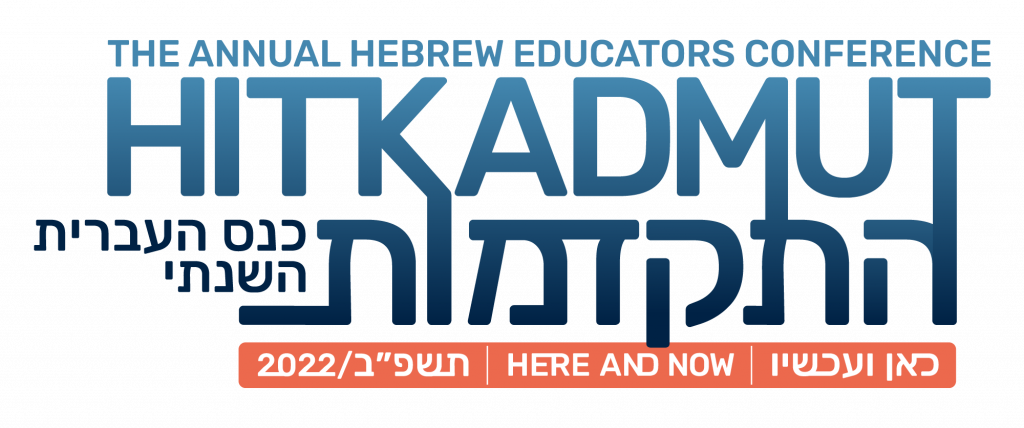Amid an insidious war, with so many yeshivot and day schools cancelling their Capstone Trips to Israel, Member School Highlight recently caught up with Krieger Schechter’s K-8 Hebrew Department Chair, Lilach Arie, and Head of School, Rabbi Moshe Schwartz, to hear about their once-in-a-lifetime experiences in Israel, with their 8th grade students this past spring.

Before our conversation formally began, Lilach showed a stone, upon which was written “K.S.D.S Israel 2024,” a gift given to each participant by their tour guide, Phillip, who has been guiding their school’s trip to Israel for the past 13 years. Phillip’s guiding relationship with Krieger Schechter’s Israel trips pre-dates Rabbi Schwartz and Lilach’s connection to the school, and even pre-dates the birth of some of this year’s students.
Phillip’s connection to Krieger Schechter was but one of many connections that filled the students’ parents with enough trust to send their children on this journey at such a fragile time.
In retrospect, Lilach realizes that CONNECTION is the best word to sum up this trip.
Other aspects that made this trip completely unique came to fruition because of one or more of these connections:
- Between the cities of Baltimore and Ashkelon. For many years, Baltimore and Ashkelon have shared a partnership, existing at many levels, so connections run deep, for children, teens, adults, schools, synagogues, and civic institutions. These connections are years in the making and fueled by financial and social capital, Mayor to Mayor, Federation to Community Centers, principal to principal, teacher to teacher, and student to student. So many of the unique aspects of this 8th grade trip would never have taken place were it not for the Baltimore-Ashkelon Partnership.
- Between students from Krieger Schechter and Beit Sefer Omanuyot in Ashkelon. The students and teachers at the school in Ashkelon have been virtually connected through a program known as Shevet Achim, but their in-person Mifgash was almost cancelled, due to security concerns for the Schechter Krieger bus to enter Ashkelon. When the Mifgash finally happened, it was very impactful. For the Krieger Schechter teachers, it was fascinating to see their students’ experiences of an Israeli public school, noticing the culture similarities and differences. Through Shevet Achim, the teachers already knew each other, creating the conditions for almost-instant warming between the students. The Krieger Schechter students performed two of their songs in Hebrew from The Wizard of Oz (more on that later), and the students from Omanuyot performed two beautiful dances. Communicating through the arts was moving. They also communicated through conversation, with the Krieger Schechter students breaking their teeth in Hebrew, Omanuyot students breaking their teeth in English, and peals of laughter serving as the international language of connection. Once they met in person, the students immediately exchanged social media accounts and have continued to stay in touch,
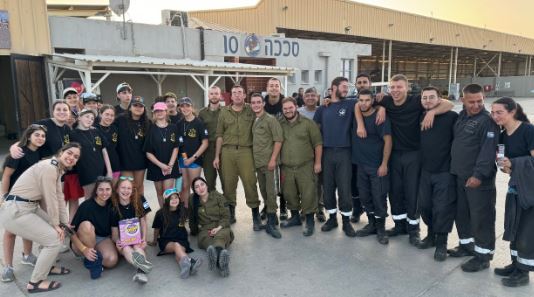
Krieger Schechter 8th Graders with IDF Soldiers at an army base in Israel, Spring 2024. organically, since returning from their trip. Rabbi Schwartz described the past and future connections: “Some of these kids will become Diller Teen Fellows or HaZamir performers together. Some will go on other programs together. No doubt, in the future, some of the students from Beit Sefer Omanuyot will become Shinshinim in Baltimore and some of the students from Krieger Schechter will become Chayalim Bodedim and adopted by host families from Beit Sefer Omanuyot.”
- Between Krieger Teachers and their own histories. After living in Baltimore for years and annual trips to visit family and friends, this was Lilach’s first time going to Israel with the Krieger Schechter 8th grade trip. This afforded Lilach the opportunity to revisit places of historical significance that she had not visited since her youth. Not only was Lilach seeing Israel through her students’ eyes, but also through the lens of her own life. Each year a different Krieger Schechter teacher makes this trip, and Lilach was grateful to experience this trip with the 8th graders, including her own son.
- With Former Israeli Shinshinim. Each year, Baltimore hosts several 18-year old Shinshinim (which stands for Sh’nat Sheirut, or “year of service”) who come as emissaries of Israel for one year before beginning their army service. (see previous Member School Highlight on Shinshinim in San Fransisco). Throughout the trip, the K.S.D.S group met up with several who had formerly worked at the school. One former Shinshinit is now an Air Force Commander in the IDF and received special permission to give a tour of her base. Another showed Krieger’s 8th graders photos that she took when the students were in 3rd grade! Seeing Israel and knowing Israelis are two entirely different levels of connection!
-
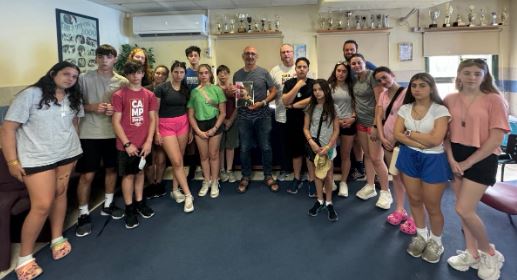
Krieger Schechter 8th Grade students with Moti Twito, father of Captain Eyal Mevorach Twito z”l, who died in the line of duty in Gaza. Spring, 2024. With the Bereaved. Another former Shinshin, Ayal Twitto, was killed in Gaza, and his father, Moti, is the athletic director at a school in Ashkelon. The Kreiger Schechter students paid a belated Shiva Call to Moti Twitto in his office and heard stories about his son. They also visited the grave of a friend of Phillip’s on Har Herzl. Hearing personal stories from loved ones creates indelible connections.
- With the WZO, Cultural Exchange. Every year, Krieger Schechter’s 8th graders learn and perform a full-length musical in Hebrew. Through the World Zionist Organization’s Cultural Exchange, a theatre director comes from Israel to direct the play. Thanks to these connections, a theatre was secured and the students performed this year’s show, in Hebrew, in Jerusalem. Yizhar Hess, the Vice Chair of the WZO honored the students by attending the performance and later posting on Facebook.
- With Krieger Schechter Alumni. In addition to Mr. Hess and his delegation from the WZO, most of the audience at the performance were connected to the school, including families who were temporarily in Baltimore, whether at Johns Hopkins or as diplomats, or as Shinshinim, who subsequently returned home to Israel. Schechter alumni popped up at other places as well. While visiting the grave of David Ben-Gurion, the Krieger Schechter students witnessed a swearing in ceremony of a group of soldiers. Lo and behold, one of the soldiers was a graduate of Krieger Schechter and now a lone soldier in Israel! There were many hugs and tears, and Krieger Schechter students who had never met Gabi suddenly felt like she was part of their family.
- With Arab-Israelis. Their bus driver, Fawaz, is a secular Muslim who took them to Ein Rafah and to a Muslim village, where the students engaged with its residents.
- With everyday Israelis. The 8th graders brought 400 letters and postcards, composed and hand-written by younger Krieger Schechter students in grades 4-7, with help from their Hebrew teachers. These carefully (and legibly!) written letters were distributed all along the way to Israelis. The letters expressed empathy, support, faith, and love to the citizens of Israel who have endured this horrific year. With the hand-off of each letter came a conversation, in Hebrew, smiles, and hugs.
- With shop keepers, vendors, and restauranteurs. Since most tour groups and schools cancelled this year’s trips, everywhere the students went, people were thanking them for coming, and took the time to converse. These former strangers also told the children to thank their parents for being brave enough to send them on this trip. Which leads to the next connection…
- With the parents of the Krieger Schechter 8th graders. It is no small thing to choose to allow one’s 8th grader to travel to Israel during an active war. The school asked parents for their trust, which meant something different this year than in other years. Trust was granted, and thank Gd, everyone returned to Baltimore, happy and healthy.
“The whole trip was powerful. And beautiful. And organized,” shared Rabbi Schwartz. “But it was the ad hoc moments that you can’t plan for yet are the results of years and years of relationship-building between cities, between communal organizations, between families, and between individuals.” Connections that had been nurtured made all the difference.
Rabbi Schwartz expressed his pride in Baltimore, Krieger Schechter Day School’s board, parents, teachers, and students for putting the school’s mission first, for rolling with the punches, and for making this successful and powerful trip to Israel a reality. “Ultimately, we are very proud to have been able to go, run a successful trip, and bring love and hugs and energy everywhere we went. And it was deeply impactful, on us, personally, and on our students. They are our future and they experienced Israel at this precarious moment, with love and with the depths of their neshamot.”
Returning to her inscribed stone from Phillip, Lilach recalled his words to the students. “You’ll go home and throw this stone in a drawer and forget all about it. And someday, you’ll be making order out of your mess, and you’ll find this stone, and it will connect you to a flood of memories about this unique and special time in your life, and in the life of the nation and people of Israel.”

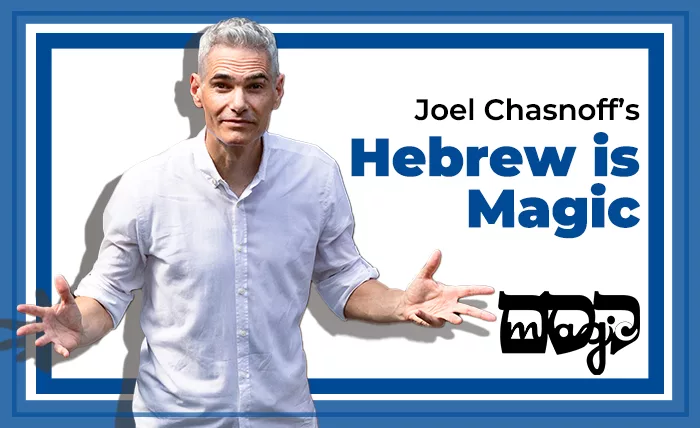





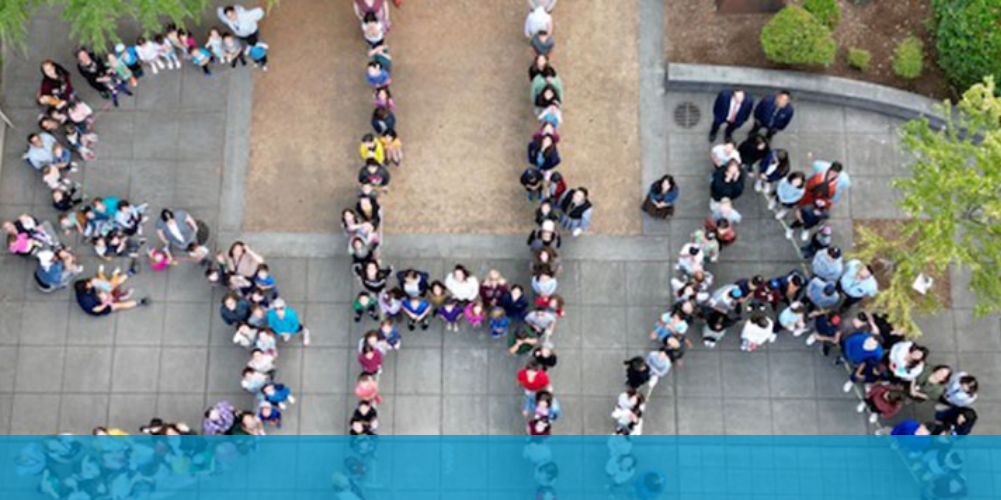





 Luria Academy’s administration decided to have their middle school
Luria Academy’s administration decided to have their middle school 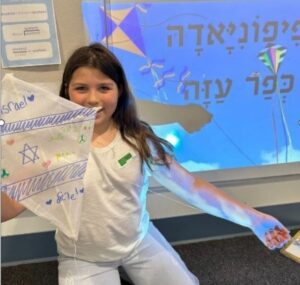



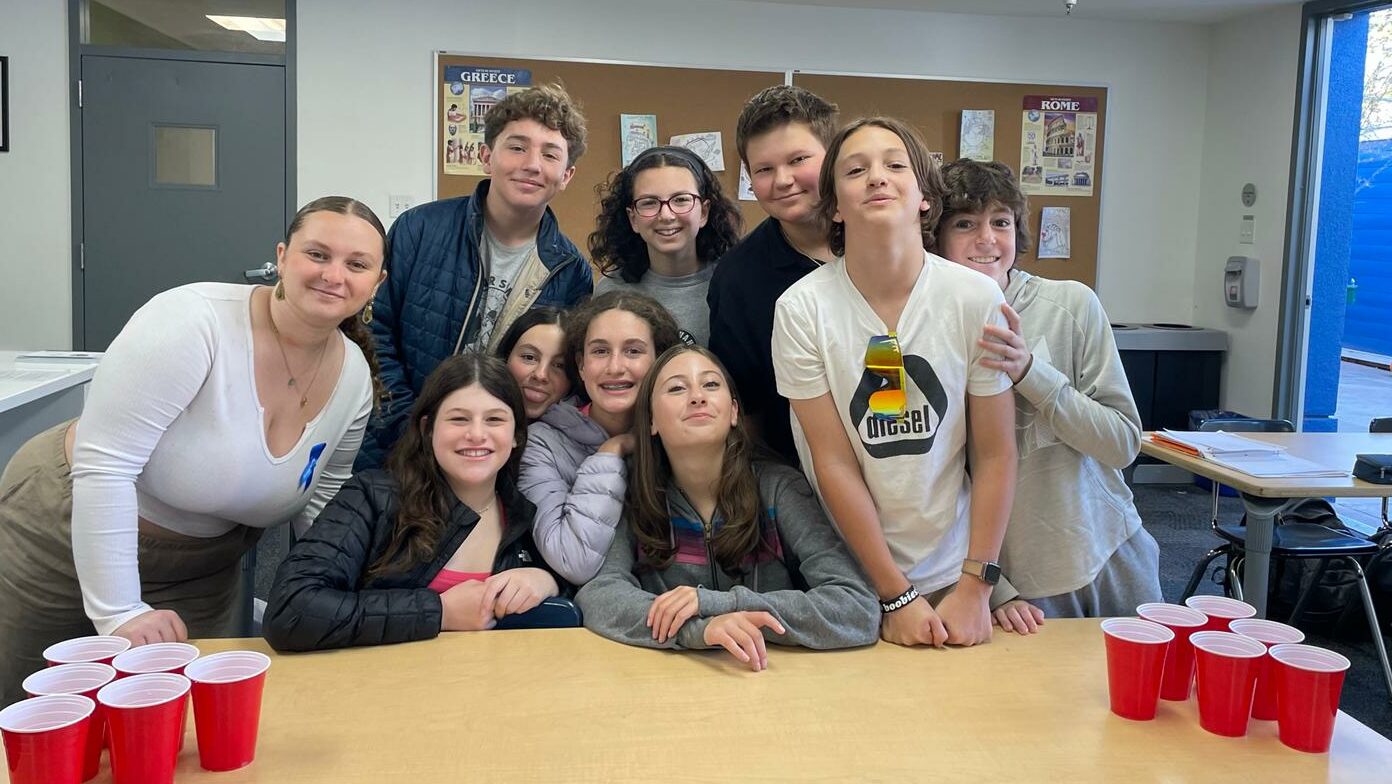
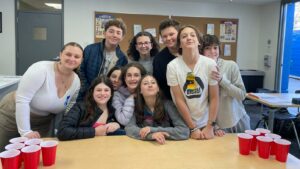 Shinshinim
Shinshinim 